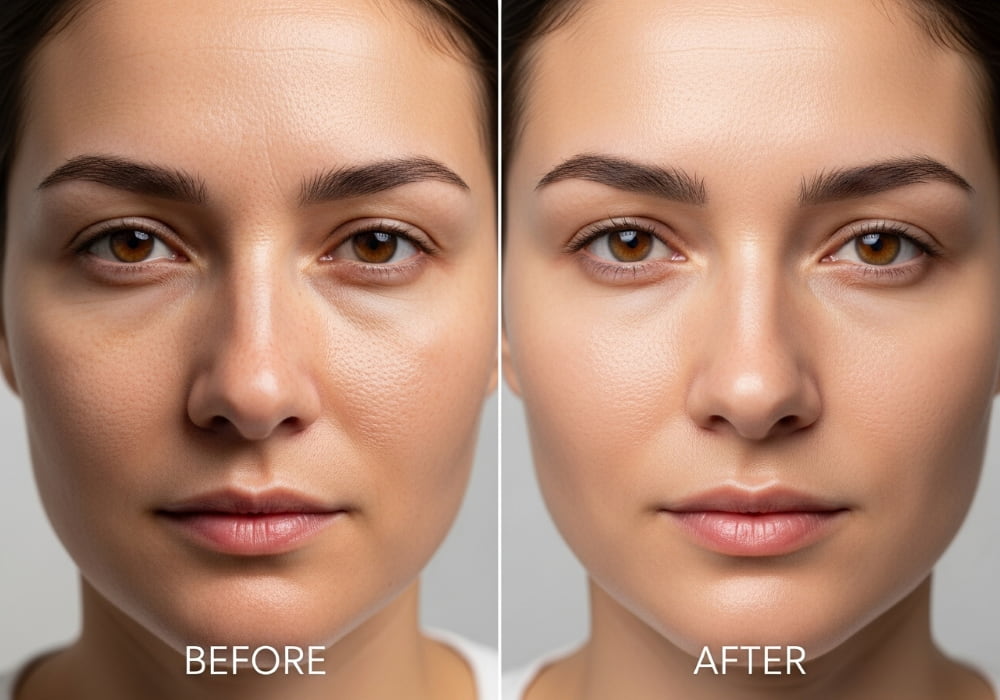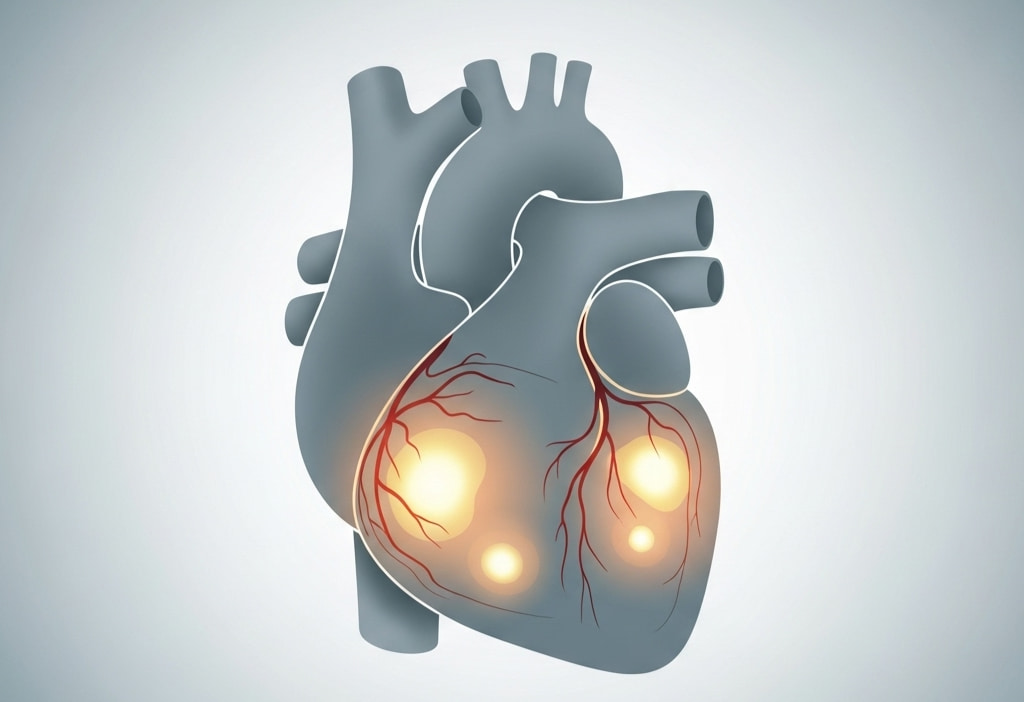Microneedling Before and After Results Explained
Microneedling improves the skin by creating tiny controlled channels with fine medical-grade needles. The skin treats these as micro-injuries, activates a wound-healing process, and stimulates collagen and elastin production. You can see a mild glow and smoother texture within seven days. By weeks four to six, newly formed collagen fills fine lines and softens acne scars. Around three months, visible improvement shows as firmer skin and more even tone.
Initial skin before treatment often shows enlarged pores, uneven tone, or faint lines near the mouth and eyes. After a planned series of treatments, the surface reflects light more evenly and feels more elastic. With sessions spaced four to six weeks apart, results build progressively—typical visible changes last several months after a proper treatment course.
Results depend on age and skin type. Younger skin (age 25-35) responds faster because collagen recovery is stronger. Mature skin (age 40-55) often needs four to six sessions for structural improvement. Clinical studies show measurable collagen increases after three to six professional treatments. After completing the initial sessions, many clinicians recommend a maintenance session once or twice yearly to sustain the improvements.
Healing Timeline and Microneedling Results
Microneedling triggers a natural wound-healing response. Tiny micro-injuries prompt platelets to release growth factors, starting collagen remodeling that continues for weeks.
First 48 Hours: Your skin looks pink or slightly flushed, like a mild sunburn. Sensitivity decreases by day two, and surface redness fades. Avoid makeup, active ingredients, and direct sun during this time.
First Week: Light flaking may appear as new skin cells replace damaged ones. Early improvements include a mild glow and smoother texture caused by increased blood flow and temporary cell turnover. These changes are temporary but signal the start of collagen remodeling.
Weeks 2–6: Fibroblasts produce type I and III collagen, strengthening the dermal structure and skin barrier. Hydration improves as new collagen helps retain moisture more effectively. Fine lines soften, and repaired tissue begins to feel firmer. Collagen renewal accumulates when sessions are spaced four to six weeks apart. High-resolution imaging shows dermal thickness can increase by over 20 percent after a standard treatment series.
Single vs Multiple Sessions: One session provides a short-term glow and smoother texture, but collagen formation has just begun, so visible firmness hasn’t developed yet. After three or more sessions, collagen fibers reorganize, making skin firmer and more resilient. Acne scars, fine lines, and uneven tone continue improving for months. Studies confirm that three to six treatments spaced four to six weeks apart create the most visible structural changes. Maintenance once or twice a year helps preserve firmness and tone.
Months 3–6: Full transformation occurs as collagen continues rebuilding. Wrinkles, shallow scars, and uneven texture show noticeable improvement. Pores appear smaller, fine lines lighten, and skin elasticity improves. Long-term repair reflects gradual structural changes rather than instant results.
Use gentle moisturizers and daily SPF to support healing and maintain results. Consistent scheduling and proper post-care enhance visible outcomes and reinforce collagen development.
Microneedling Types and Skin Concern Results
Different microneedling techniques use heat, plasma, or cellular messengers to stimulate collagen at varying depths. All work on controlled micro-injury but differ in energy delivery and healing response.
RF Microneedling: Adds radiofrequency energy to needle tips. Heat contracts existing collagen fibers, tightening skin while triggering deeper collagen remodeling. You notice reduced wrinkles and improved firmness, especially around the jawline and neck. Studies in the Journal of Cosmetic Dermatology show up to 25 percent greater collagen remodeling than standard microneedling. Recovery takes two to three days.
PRP Microneedling combines microneedling with platelet-rich plasma from your own blood. Growth factors boost healing and cell renewal. Most people see brightness within three to five days, with faster texture improvement. PRP accelerates glow and smoothness and is ideal for dull skin, acne scars, and early aging signs.
Microneedling with Exosomes: This technique uses regenerative vesicles derived from stem cells. Think of exosomes as messengers telling skin cells to repair faster. Paired with microneedling, they reduce inflammation and speed tissue repair. Skin appears calmer within twenty-four hours. Collagen formation begins sooner, and elasticity improves after three to four sessions.
Results by Skin Concern
- Wrinkles and Fine Lines: Collagen thickens, and elasticity returns. Smoother texture appears in two to three sessions. Clinical studies show a 40 percent reduction in wrinkle depth after four sessions spaced a month apart.
- Scars and Acne Scars: Micro-injuries replace damaged collagen with smoother fibers. Fading is visible after two months. PRP can shorten healing and improve color uniformity.
- Stretch Marks: Require deeper needle penetration, performed safely by professionals. Noticeable improvement occurs after three to five sessions, with smoother texture and reduced color contrast. Studies report up to 60 percent better skin elasticity after a whole series.
- Hair Loss and Scalp: Microneedling improves blood flow and growth factor delivery, allowing dormant follicles to return to active growth. Results, with stronger strands and reduced shedding, appear after four to six sessions.
- Neck and Under-Eye Areas: Gentle depth protects thin skin. Firmness and fewer fine lines appear after three sessions. Light bruising or redness may occur but fades within forty-eight hours.
When Microneedling Before and After Goes Wrong
If performed improperly, microneedling can cause redness, irritation, or temporary pigmentation. Infection is a risk when devices are unsterilized, especially with at-home treatments. Minor swelling and pinpoint bleeding are normal. These effects show that micro-injuries trigger the skin’s repair process, not causing lasting harm. Prolonged redness indicates excessive trauma.
At-home microneedling often produces inconsistent depth. Uneven penetration can cause patchy results or prolonged redness. Professional clinics control needle length, pressure, and device speed, ensuring safe and predictable outcomes. Following expert aftercare, such as gentle cleansing and avoiding direct sun exposure, reduces complications.
Choosing licensed practitioners, using approved devices, and spacing treatments correctly prevent most errors. Seek professional advice if redness lasts more than three days or if signs of infection appear.
Expert Insight on Achieving Best Results
Optimal microneedling outcomes combine precise technique, consistent sessions, and proper aftercare. Using professional-grade devices ensures controlled needle depth and uniform coverage, which prevents unnecessary trauma while stimulating collagen consistently and effectively.
Gentle cleansing, adequate hydration, and sunscreen support skin recovery, prevent pigmentation, and enhance texture improvement. Hydration and sunscreen help the skin heal evenly and maintain the new collagen structure. Nutritional support and adequate sleep contribute to faster tissue repair and collagen formation.
Personalized treatment plans tailored to age, skin type, and specific concerns achieve the most consistent results. Tracking progress with photos and clinical assessments guides session intervals and modifications.
Regular maintenance treatments every six to twelve months preserve skin tone, elasticity, and surface smoothness. Maintenance reinforces collagen and prevents the gradual loss of the improvements gained from initial sessions. Following professional guidance and proper device protocols ensures safe, predictable, and long-lasting improvements. You can also read more about lip care results in this Lip Flip before-and-after guide to understand how regular treatments help maintain aesthetic improvements.
Reader FAQs About Microneedling Before and After Results
How long does it take to see results from microneedling
Initial glow appears within one week. This early glow is due to increased blood flow and temporary cell turnover. Visible structural changes occur after four to six weeks. Complete collagen remodeling is typically noticeable by three months.
What are the downsides of microneedling
Temporary redness, mild swelling, or flaking may occur. These effects are normal reactions as the skin heals and new collagen forms. Infection or pigmentation changes are rare when performed professionally. At-home treatments increase risk due to inconsistent depth and sterilization.
What does your face look like two days after microneedling
The skin may appear slightly pink or flushed. Mild tenderness or dryness can occur. If irritation is minimal, normal activities can resume after forty-eight hours.
Is microneedling good for psoriasis
Microneedling can trigger flare-ups in active psoriasis lesions, so it is not recommended on inflamed patches. Controlled sessions on unaffected areas can support texture and tone. Always consult a dermatologist before treatment to avoid triggering flare-ups. Professional guidance is essential.
Microneedling cost and maintenance
Depending on area and technique, average clinic sessions range between $150 and $400 per treatment. Prices may vary based on city, practitioner experience, and treatment type. Three to six sessions spaced four to six weeks apart are typical. Annual maintenance sessions every six to twelve months help sustain results.




